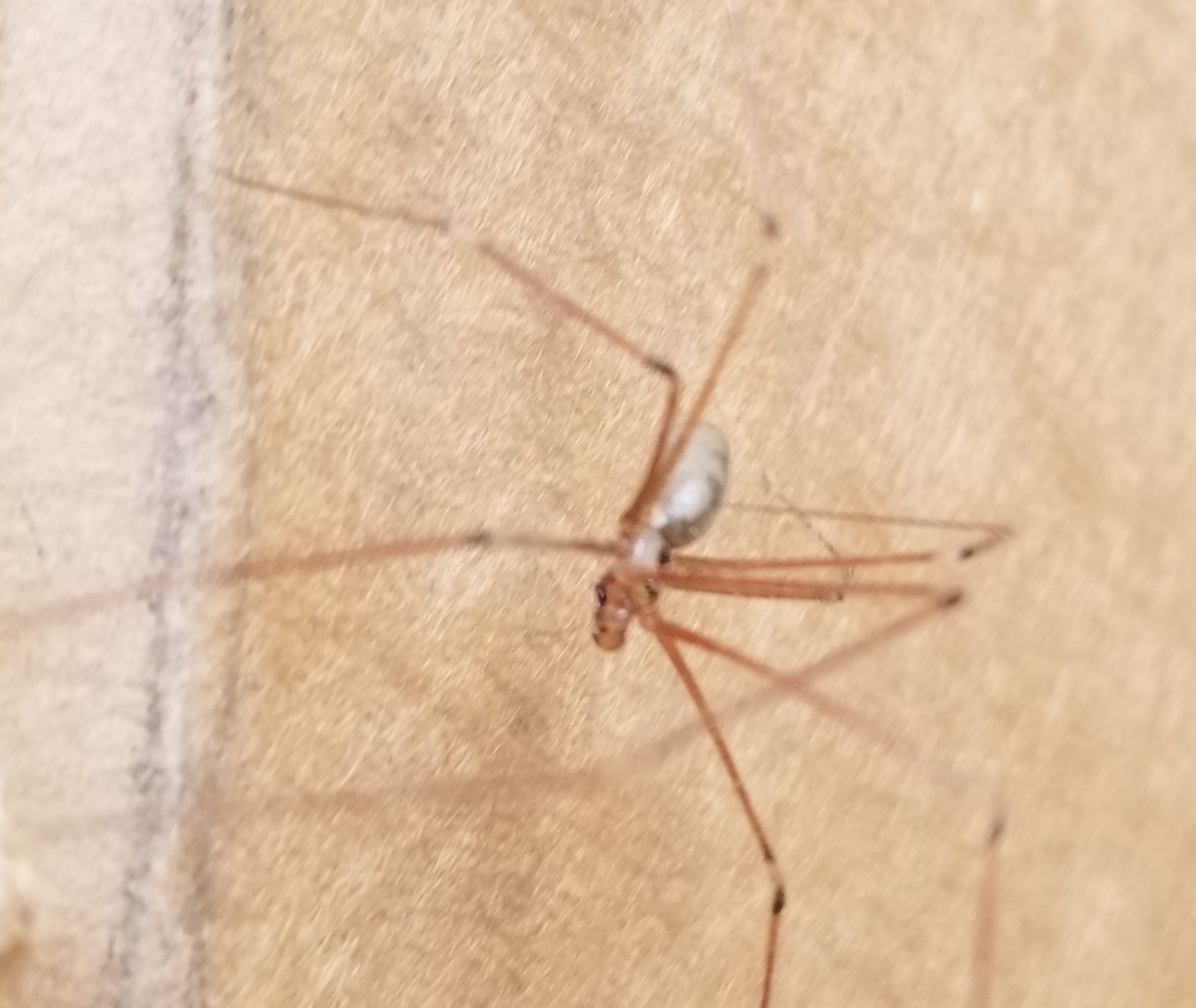
Male Pholcus phalangioides (Longbodied Cellar Spider) in WILLIAMS LAKE
Long-bodied cellar spiders have a long body that is usually a bit less than 1/3 of an inch, and very long thin legs that can make the spider seem quite large. The spiders are grayish in color.
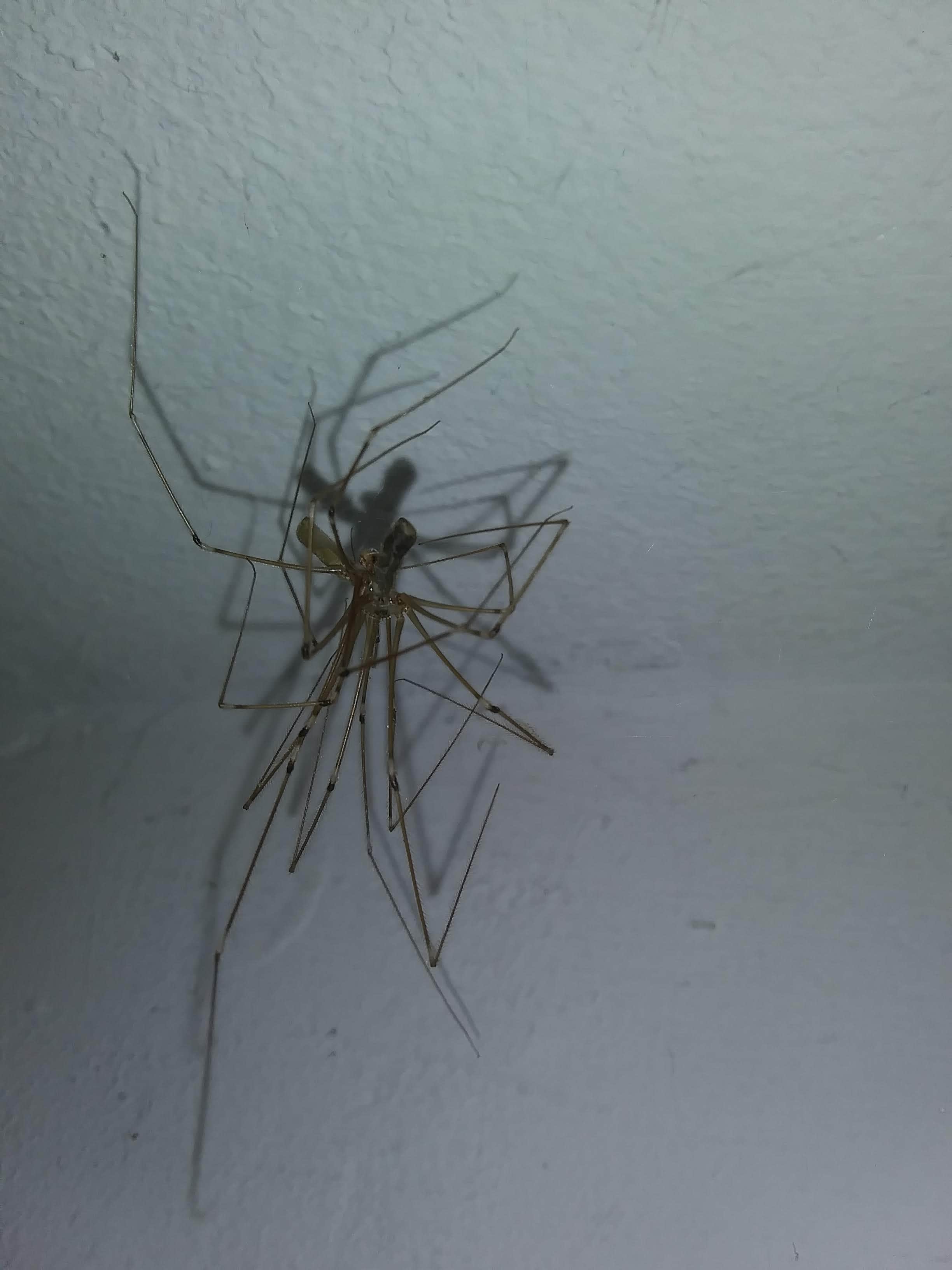
Male & Female Pholcus phalangioides (Longbodied Cellar Spider) in
Pholcus phalangioides, commonly known as the cosmopolitan cellar spider, long-bodied cellar spider or one of various types called a daddy long-legs spider, is a spider of the family Pholcidae. It is also known as the skull spider, since its cephalothorax is said to resemble a human skull.
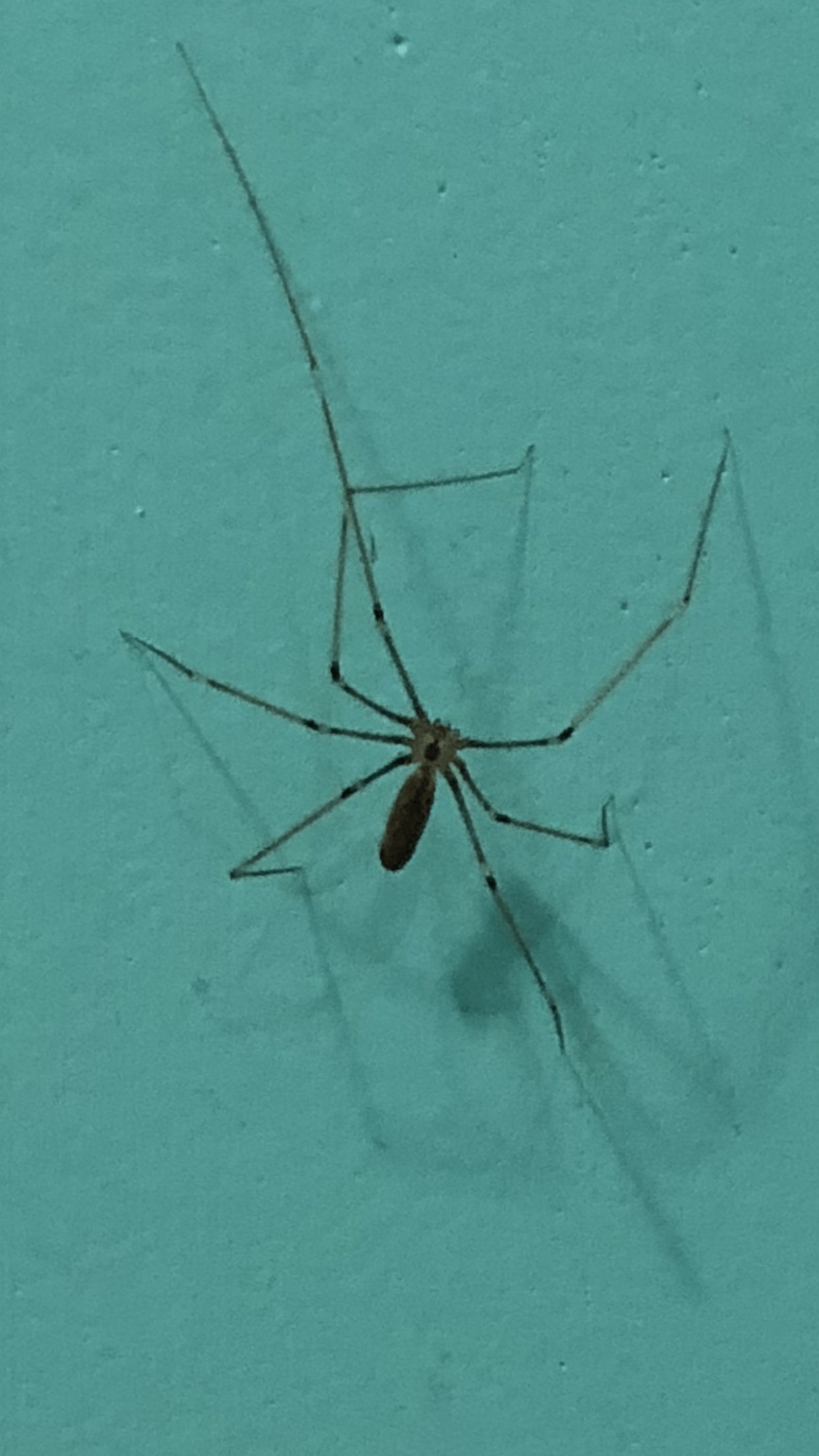
Pholcus phalangioides (Longbodied Cellar Spider) in Silver spring
Geographic Range. Pholcus phalangioides is found throughout the world. It is a common cellar spider throughout the United States. (Emerton, 1902; Jackman, 1997)Other Geographic Terms; cosmopolitan; Habitat. Pholcus phalangiodes can be found in undisturbed, low light locations. Some places one might encounter this spider are in basements, under stones, under ledges, and in caves.
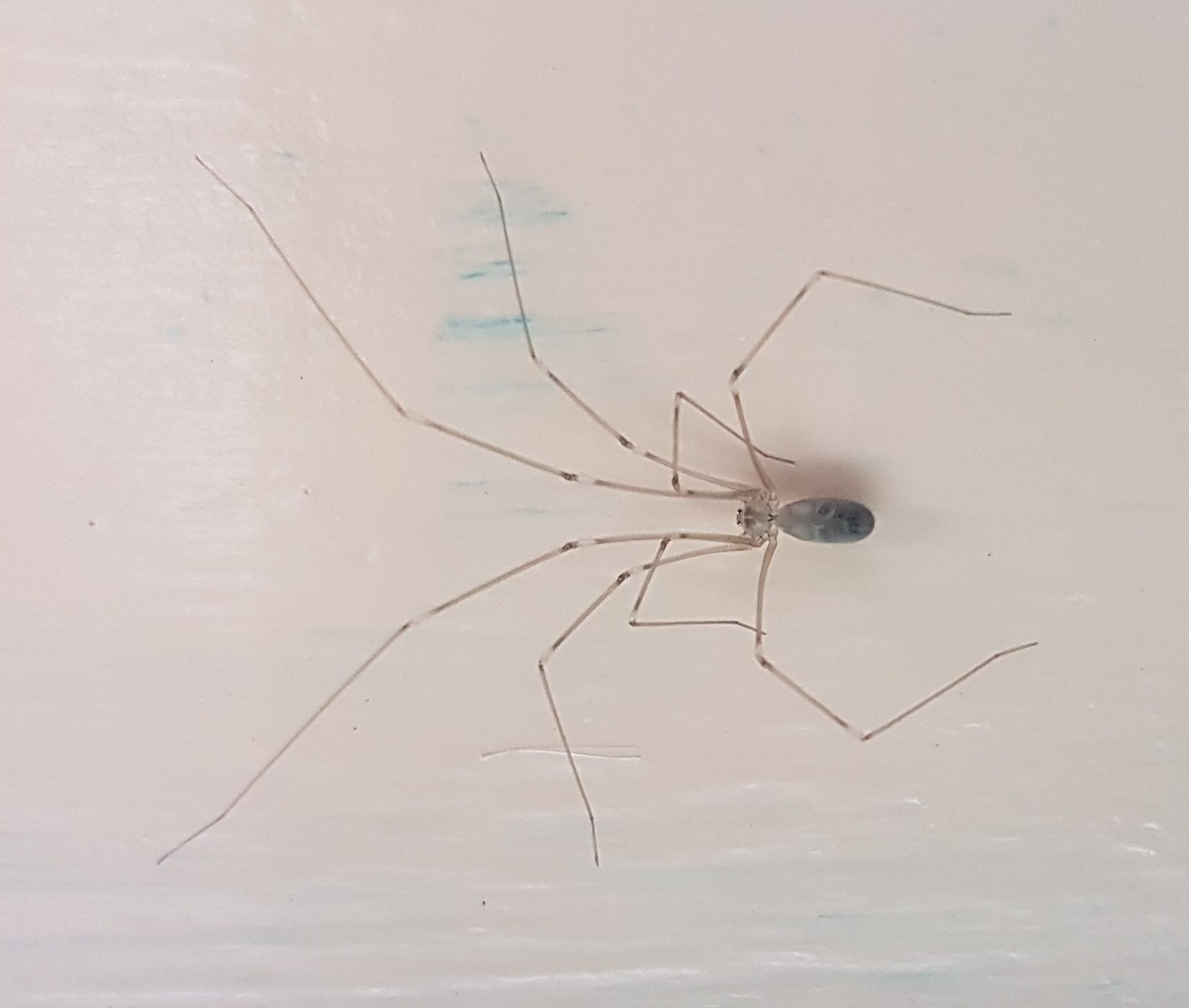
Pholcus phalangioides (Longbodied Cellar Spider) in Bowen Island
The Long-bodied Cellar Spider has very small chelicera (mouth parts) and is not known to bite people. Though they are venomous (like 99% of all North American spiders), they are not poisonous. They have short fangs, which are too tiny to inject any venom.©InsectIdentification.org

Longbodied Cellar Spider (Pholcus Phalangioides) Stock Photo Image
Scientific Name Pholcus, Psilochorus, and others in the Pholcid family Family Pholcidae (cellar spiders) in order Araneae (spiders) Description Cellar spiders are inconspicuous, harmless, fragile spiders with extremely long, thin legs. The tarsi ("feet") are flexible, adding to the wispy impression they give.
 137777.jpg)
Pholcus phalangioides (Long Bodied Cellar Spider) The Arboretum
The dark medial mark on the carapace of P. manueli is more distinctly divided than the medial mark on P. phalangioides. And P. opilionoides can be separated from the others by the dark marks on the lateral border of their carapace. P. phalangioides also gets bigger than the other two species, at least twice as large in some cases.

Female Pholcus phalangioides (Longbodied Cellar Spider) in Tuscaloosa
Long-bodied cellar spiders have bodies that are 7 to 8 millimeters long and front legs can be between 45 to 50 millimeters long. Short-bodied cellar spiders are smaller, with a.
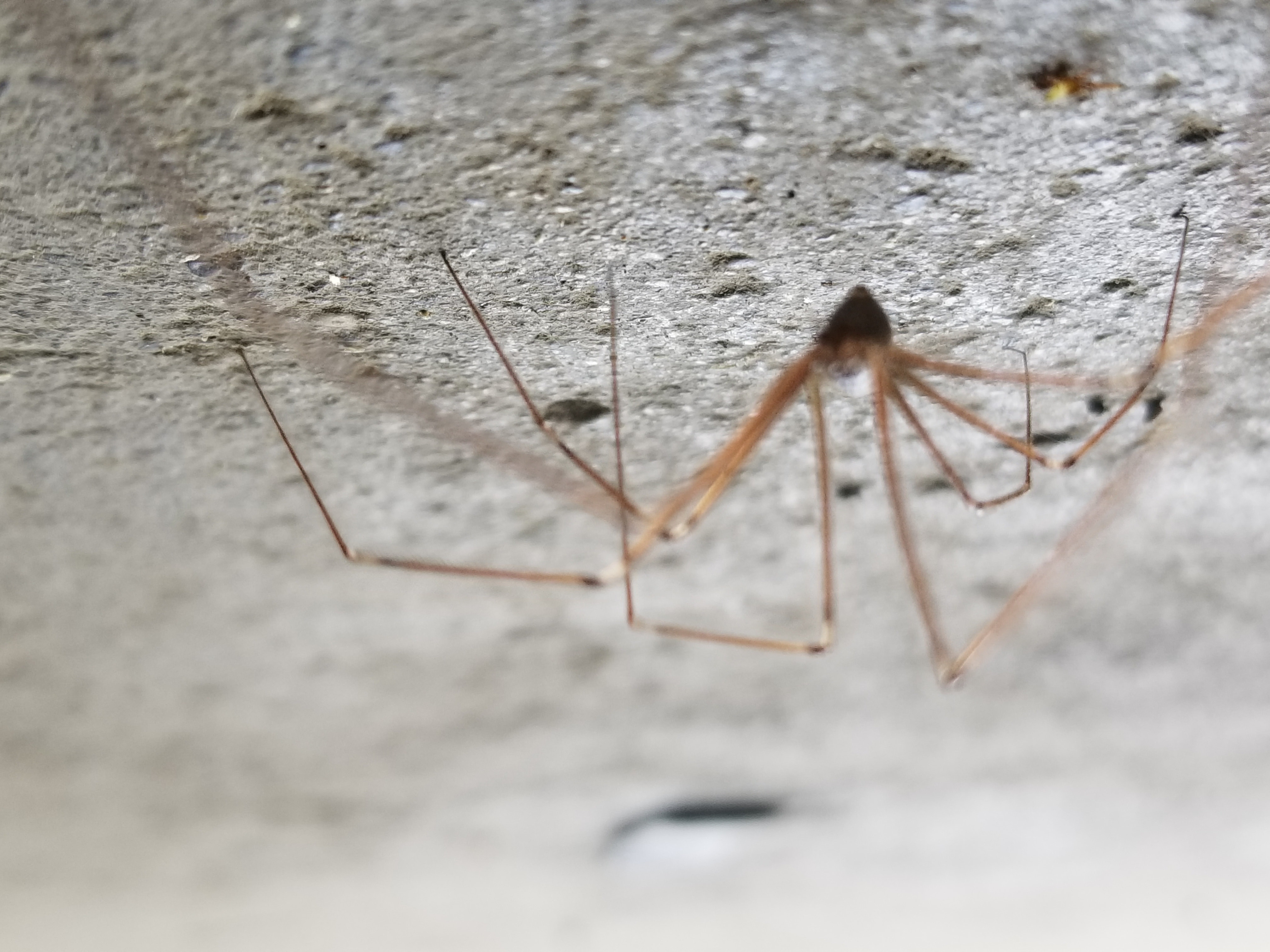
Pholcus phalangioides (Longbodied Cellar Spider) in Williams lake
Pholcidae The Pholcidae are a family of araneomorph spiders. The family contains more than 1,800 individual species of pholcids, including those commonly known as cellar spider, daddy long-legs spider, carpenter spider, daddy long-legger, vibrating spider, gyrating spider, long daddy, and skull spider.

Male Pholcus phalangioides (Longbodied Cellar Spider) in Grimesland
Adults Size: Females are approximately 0.35 inches (9 mm) with 2.7 inches (7cm) leg span, while males are comparatively smaller, around 0.23 inches (6 mm). Color: They have a yellowish-brown body with a big, gray patch at the middle of their cephalothorax. Their body and legs are translucent with grey hairs all over.

Longbodied Cellar Spider, Pholcus phalangioides Füssli, 1… Flickr
Adult female long-bodied cellar spiders have a body length of about ¼-5/16" (7-8 mm) with front legs about 1 ¾-1 15/16" (45-50 mm) long. Adult male long-bodied cellar spiders have a body length of about ¼" (6 mm). On the other hand, short-bodied cellar spiders have much shorter bodies as their name implies.
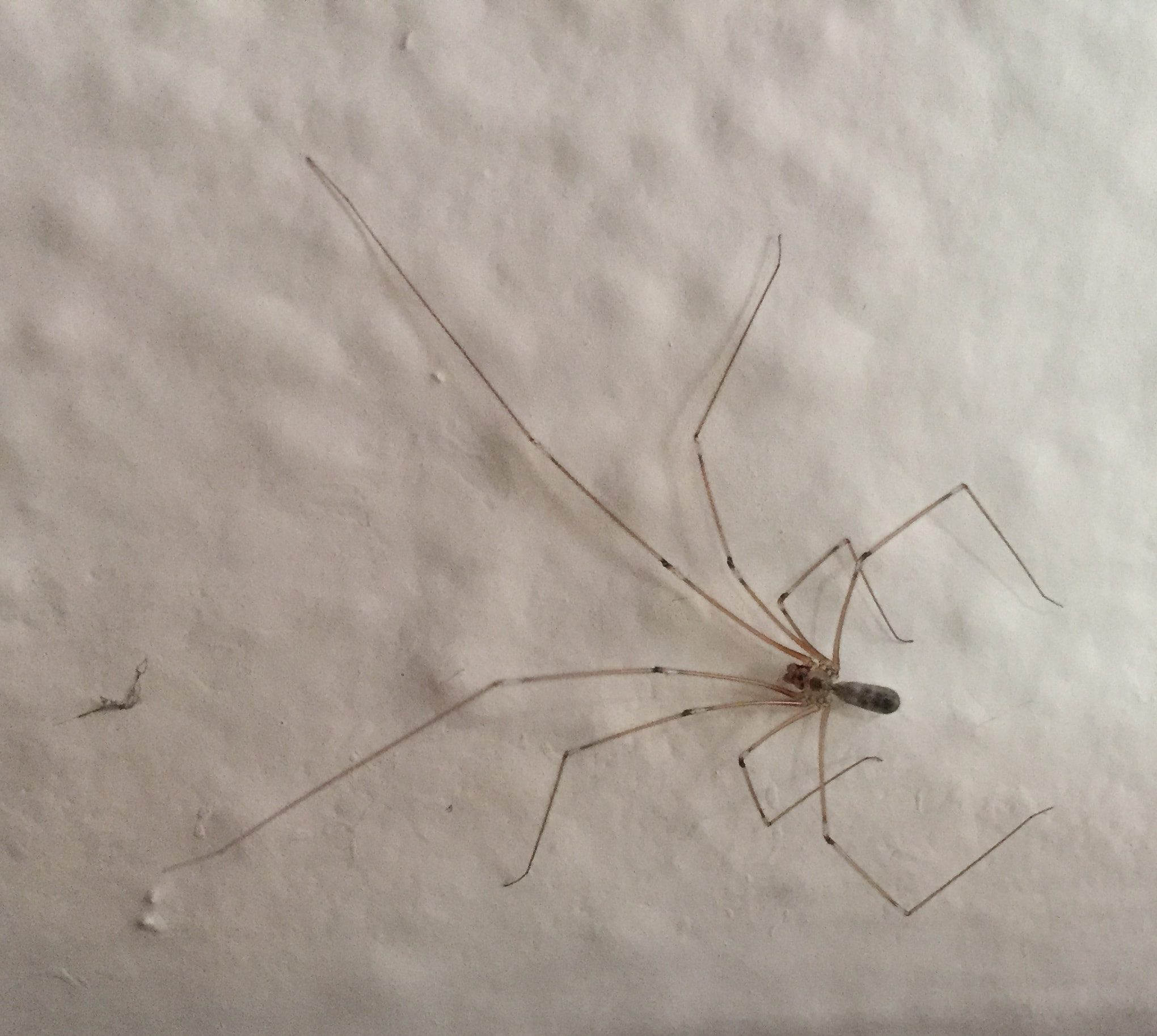
Male Pholcus phalangioides (Longbodied Cellar Spider) in Los Angeles
The Daddy-Long Legs is NOT the same type of spider as the Cellar Spider.Daddy-Long Legs refers to two types of spiders:the harvestman (Which is not a spider,because it does not have venom or spin webs.This type is still an arachnid,though.),and the spider (Which is not a long-bodied cellar spider). The long-bodied cellar spider has nothing in.
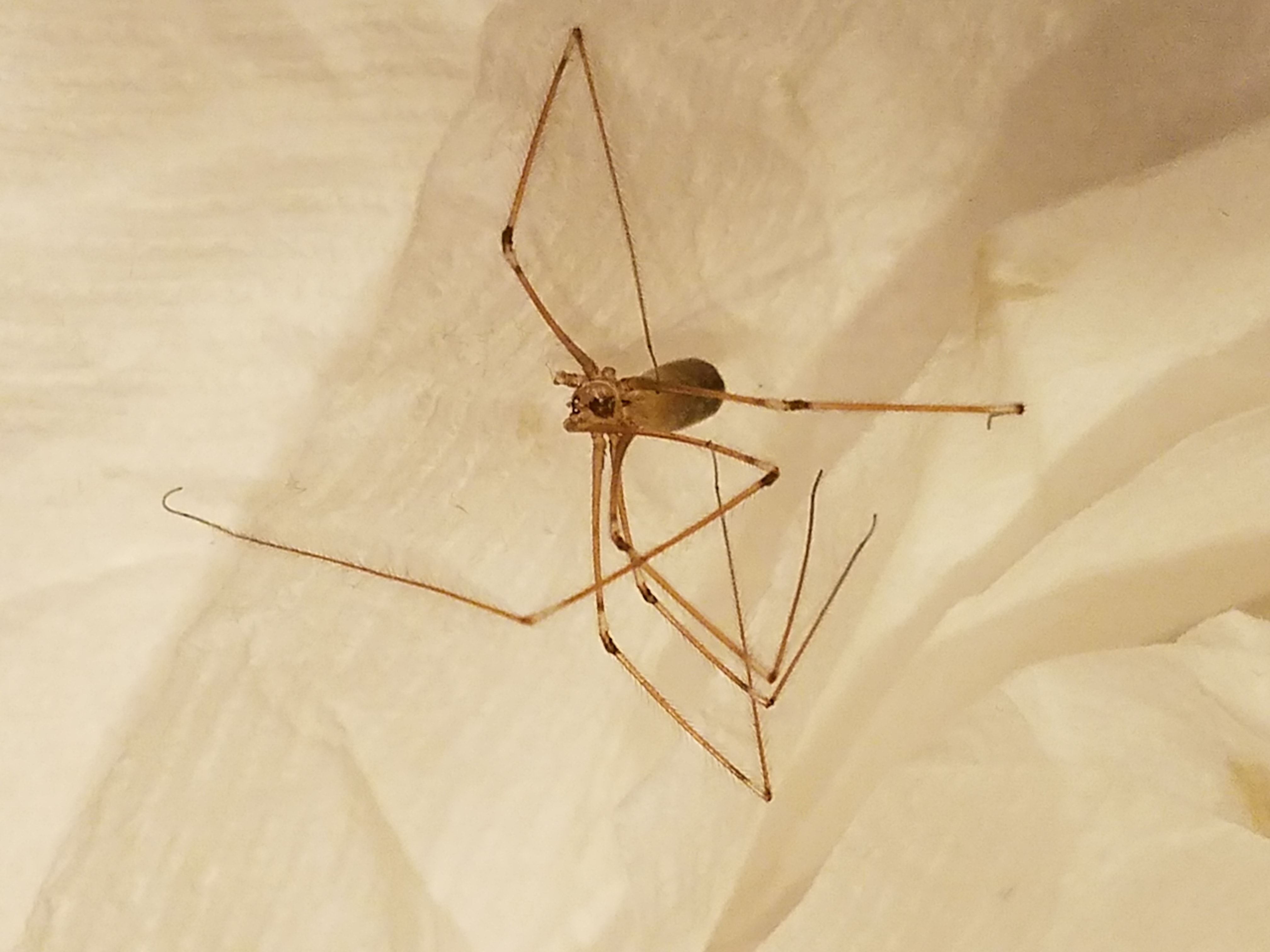
Pholcus phalangioides (Longbodied Cellar Spider) in Springfield
Pholcus is a genus of spiders of long-bodied cellar spider and allies in the family Pholcidae, with 375 described species as of January 2023.. It includes the cellar spider P. phalangioides, often called the "daddy longlegs". This may cause confusion because the name "daddy longlegs" is also applied to two other unrelated arthropods: the harvestman and the crane fly.
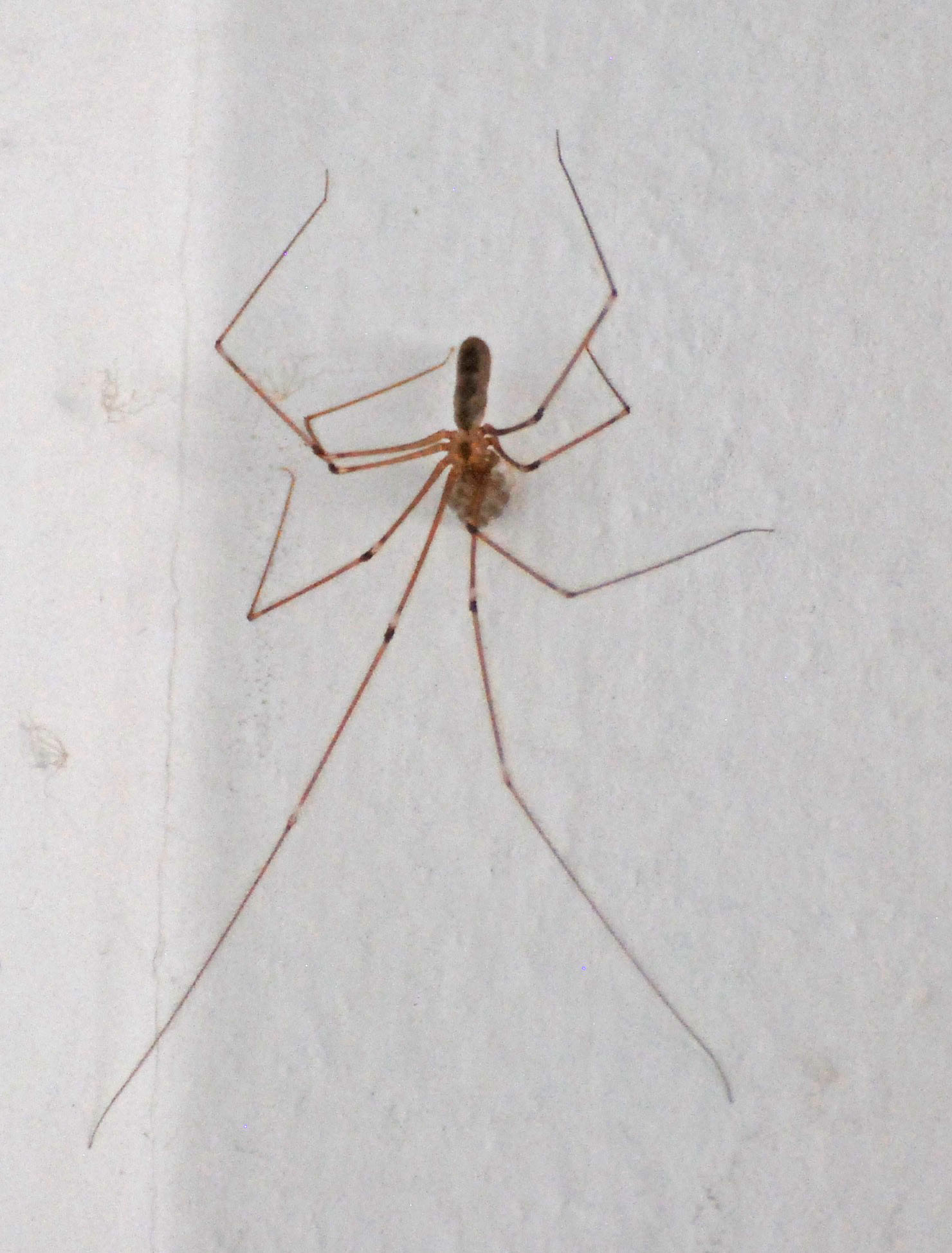
Female Pholcus phalangioides (Longbodied Cellar Spider) in Riverside
The spider species Pholcus phalangioides, commonly known as Long-bodied Cellar Spider, belongs to the genus Pholcus, in the family Pholcidae.Pholcus phalangioides spiders have been sighted 38 times by contributing members. Based on collected data, the geographic range for Pholcus phalangioides includes 5 countries and 17 states in the United States..
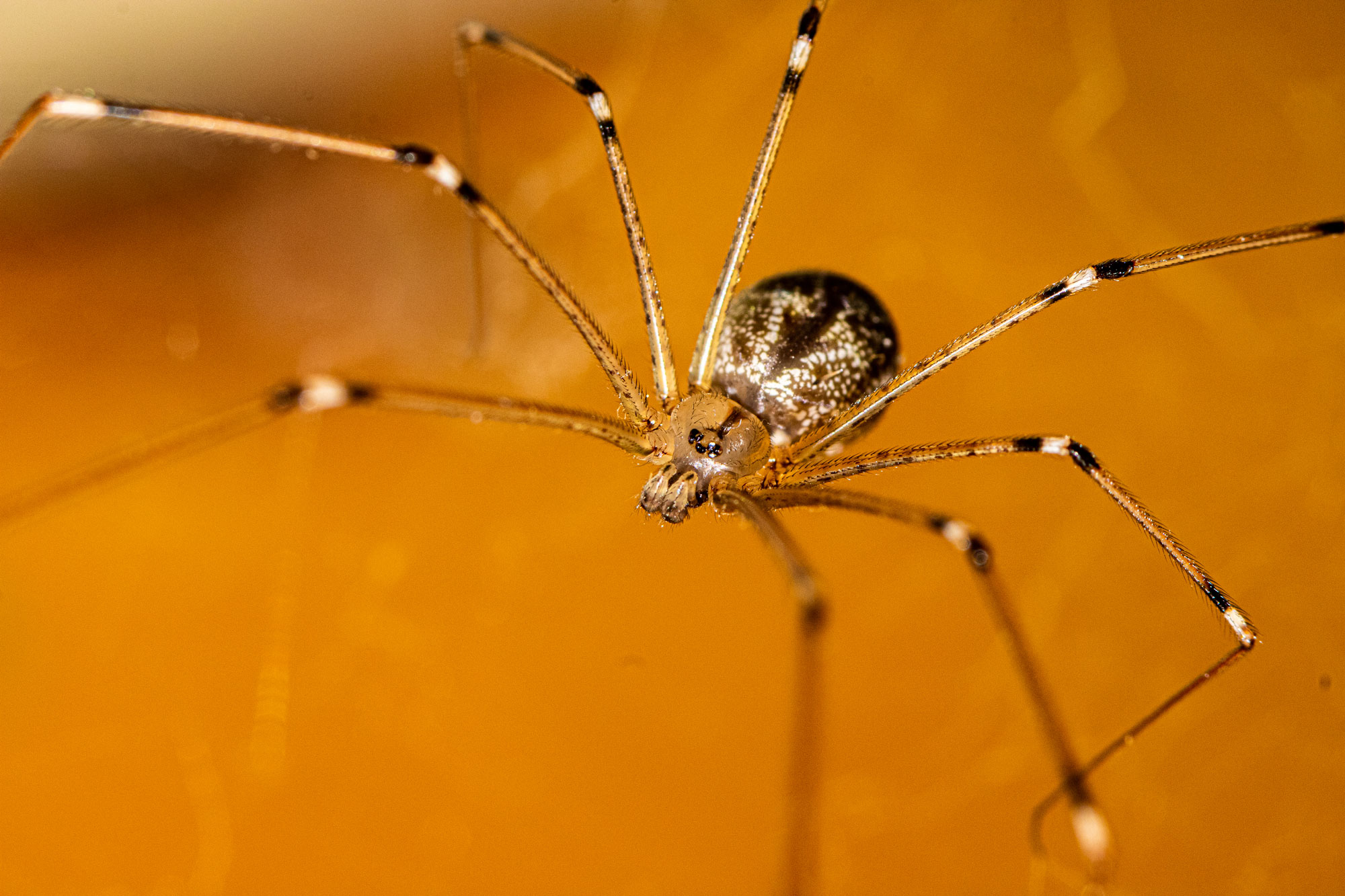
Things We Love Those HumanFriendly Cellar Spiders Forest Preserve
The female long-bodied cellar spider is approximately 1/4-5/16 inch long with legs extending another 2 inches. The female short-bodied cellar spider has a 1/16 inch long body with legs extending about 5/16 inch. Habits. Female long-bodied cellar spiders produce about three egg sacs over a lifetime, each containing 13-60 eggs each.
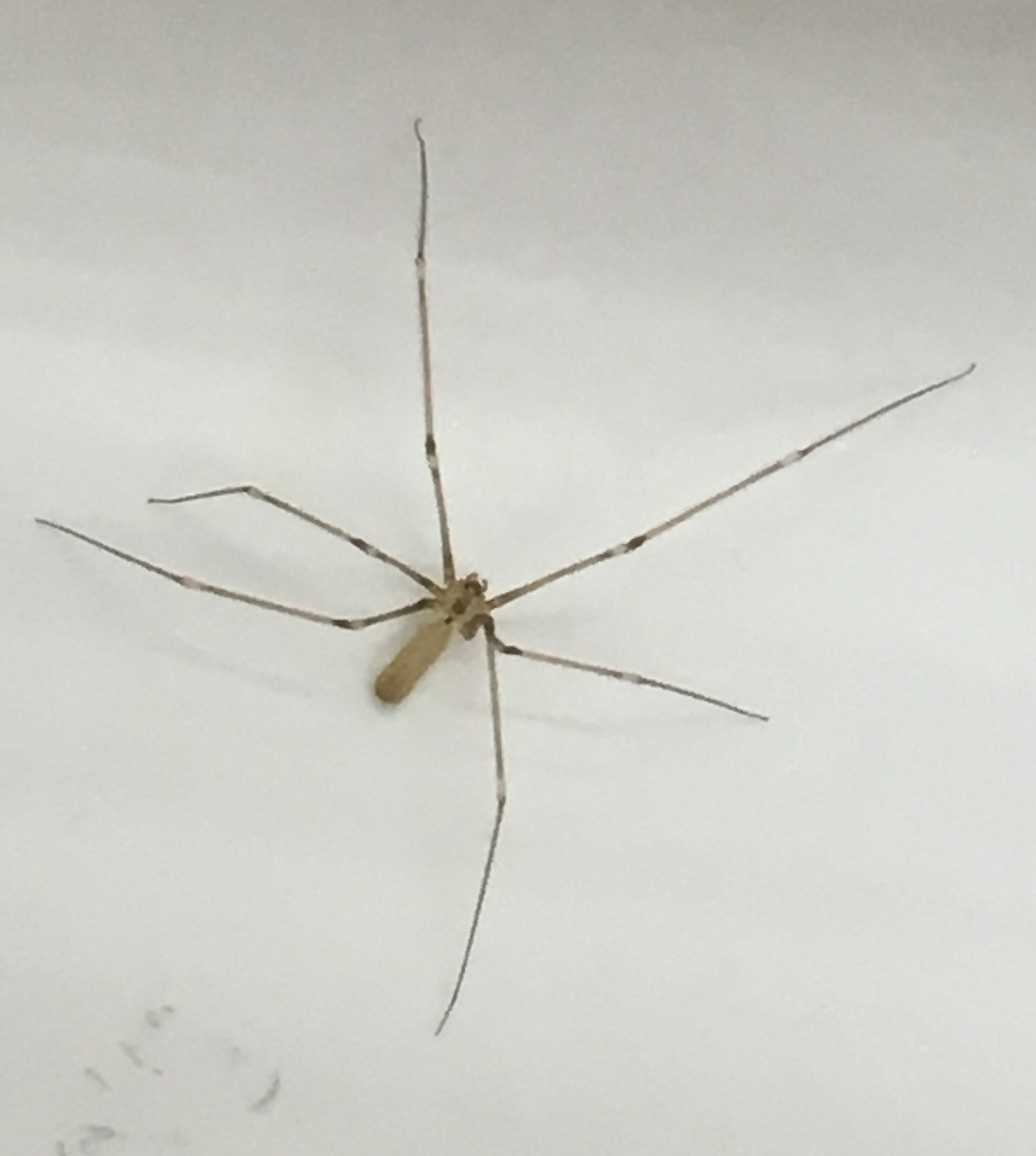
Pholcus phalangioides (Longbodied Cellar Spider) in El Segundo
Body length: 7-10mm Conservation status Common When to see All year round. About The cellar spider, also known as the daddy long-legs spider, is almost only ever found indoors, where they benefit from a warm, stable temperature. Cellar spiders spin loose, messy webs in the corners of rooms, usually where the wall meets the ceiling.
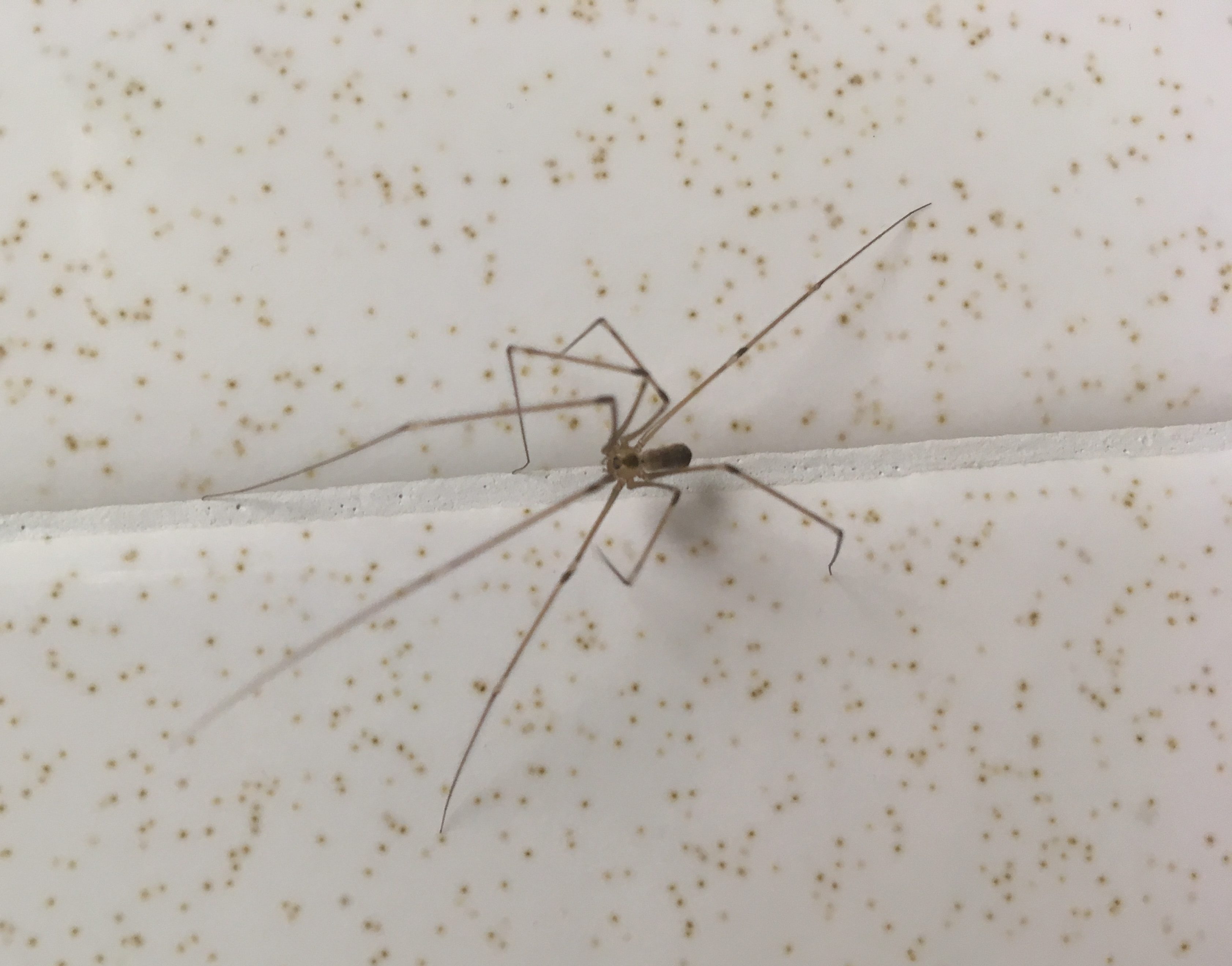
Pholcus phalangioides (Longbodied Cellar Spider) in Farmington , Maine
The long-bodied cellar spider, Pholcus phalangioides, is a very common find in basements throughout the world. Classification Kingdom - Animalia Phylum - Arthropoda Class - Arachnida Order - Araneae Infraorder - Araneomorphae Family - Pholcidae Diet Cellar spiders prey on insects and other spiders and are particularly fond of eating ants.